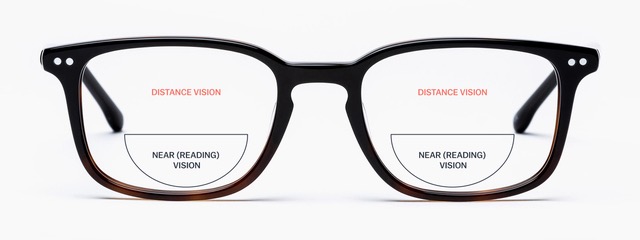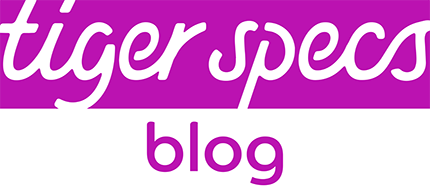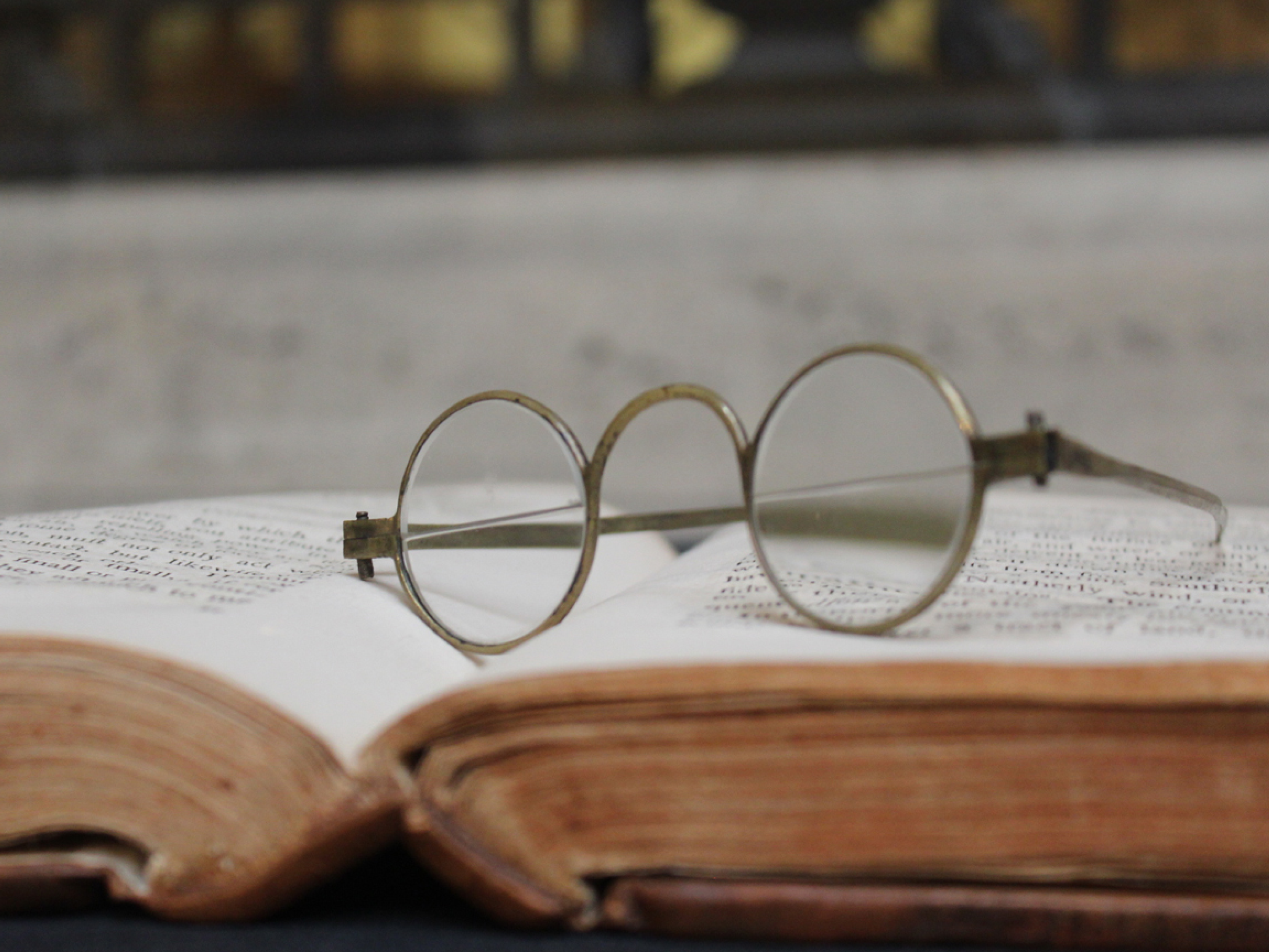Many of you may have seen that we stock and sell bifocal reading glasses and reading sunglasses, however you may be wondering exactly what these type of glasses are and how they may help you.
Within this blog post we will hopefully explain everything you need to know about bifocal lenses, their history and origins, the different types and their uses, as well as pros and cons of this particular lens.
Bifocals are lenses with two separate distinct optical powers. Simply put they are one lens bonded to another. The main part of the lens, known as the ‘carrier’ is most commonly used for long distance, while the smaller ‘segment’ bonded to it is most commonly used for reading.

Image Credit www.hefingtons.com
THE ORIGINS OF BIFOCALS
Benjamin Franklin is widely credited with inventing the bifocal lens in the late 18th century, though it may have been invented before that. What is certain is that Franklin contributed to their popularity and a type of bifocal lens, the Franklin split, was named after him. The term bifocal wasn’t coined until 1824, by John Isaac Hawkins, who invented the trifocal lens.
MAIN USES
Bifocals are useful for people who need an optical correction for two distinct distances, like long distance and reading, because it means that they don’t need to carry two pairs of glasses around with them. The two parts of the lens don’t always have to be for long distance and reading. Depending on the needs of the wearer they might be long distance at the top with an intermediate distance segment at the bottom. Lorry drivers who need to see their instruments at arm’s length might find these useful. People who spend a lot of time at a desk might prefer an intermediate correction as the main lens with their reading power in the segment. Or with glasses such as the ones on our website, the main lens is clear with no magnification and the ‘segment’ section contains the reading magnification you require, meaning you do not need to keep removing your glasses between reading or close work.
TYPES OF BIFOCAL
There are many different types of bifocal lens with varying shapes and sizes of segment. The most popular is known as the D28 because the segment is D-shaped and 28mm wide. We supply this in many of the bifocal glasses we offer. The reading area is nice and wide, but still allows for good peripheral vision below the eye-line which makes walking around much easier than a larger segment. There can be round segments or segments that are the full width of the lens, which are known as executive bifocals.
THE PROS AND CONS OF BIFOCALS
Bifocals offer a wide and stable field of view in both parts of the lens, and are generally cheaper to buy than varifocals. However, the power of the lens changes abruptly when looking from the main part of the lens to the reading segment. This can be disconcerting and the sudden increase in power means that objects below the eye-line, such as kerbs and stairs, can disappear, or appear blurry.
GETTING USED TO BIFOCAL LENSES
For tasks that don’t require lots of movement, like sitting at a computer, or reading music, bifocals are easy to get used to. That said, the wearer may need to adjust the position of things like monitors so that the reading segment does not interfere with their tasks. Interference can cause the wearer to constantly raise or lower their head to look through the correct part of the lens.
Walking about may take more practice as objects immediately below the eye-line will be out of focus. New wearers need to be careful with stairs, kerbs, and other objects, such as discarded toys, so they don’t trip up.
CAN I DRIVE WITH BIFOCALS?
Bifocals are safe to drive with. Drivers whose instruments are far away, such as lorry and bus drivers, may find that if their reading segment has been optimised for close work their instruments may be blurry. If that’s the case, we recommend ordering bifocals with an intermediate working distance in the segment. Opticians usually ask about specific working distances for occupational reasons, and if the wearer has any hobbies and interests that need to be taken into account. If this isn’t the case, then let them know.
Tiger Specs stocks a range of bifocal reading glasses and bifocal reading sunglasses. These feature lenses with a lower segment providing a reading correction while the rest of the lens is clear and gives no correction. In the case of the bifocal reading sunglasses the entire lenses are also tinted and provide UV400 sun protection.

